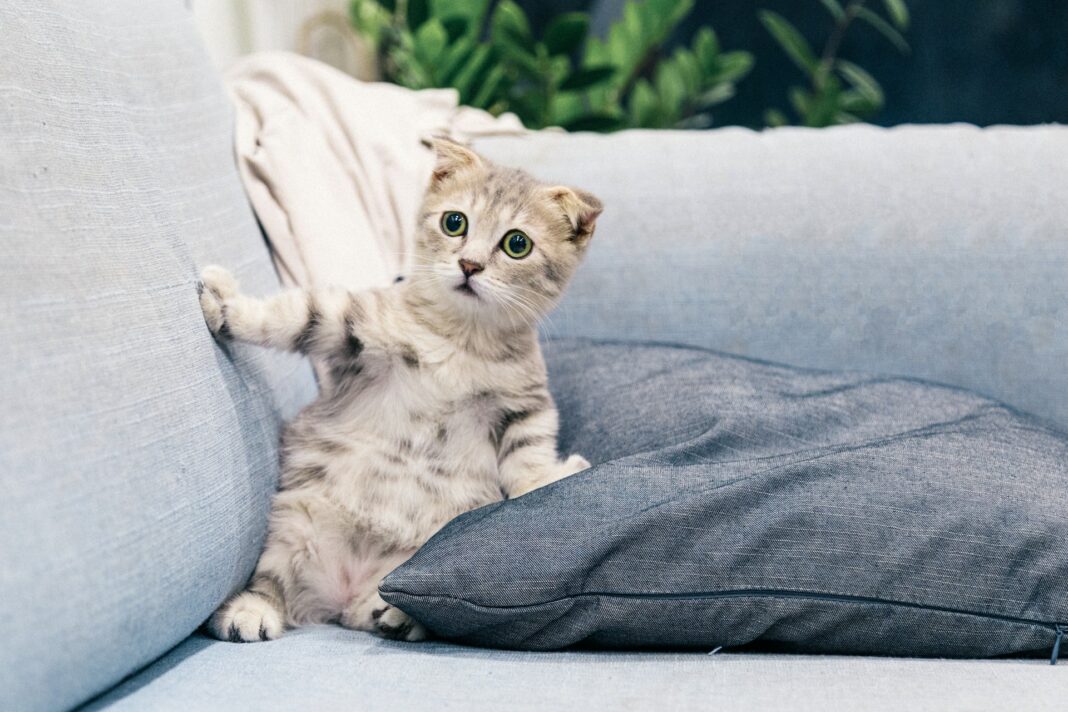Introduction
Cat exercise intolerance can negatively affect their health, well-being, and contentment. As a veterinarian, it is vital to comprehend the risks, advantages, and potential cures for cats with exercise intolerance. This article will explain exercise intolerance, possible causes and symptoms, and the best methods for managing this condition.
What is Exercise Intolerance?
Exercise intolerance is a medical condition wherein cats cannot endure physical activity or exercise. This condition may be caused by various elements, like age, existing health issues, and lifestyle. Exercise intolerance can be manifested in multiple ways, including panting, exhaustion, and muscle soreness. It is imperative to note that cats with exercise intolerance may still engage in certain activities, yet, they may have to constrain their activity level to avoid worsening the condition.
Potential Causes of Exercise Intolerance
Age: Cats that are older than seven years of age are more likely to experience exercise intolerance due to natural age-related changes.
Underlying Health Conditions: Underlying health conditions, such as heart disease, respiratory disease, and diabetes, can all advance to exercise intolerance in cats.
Lifestyle: Cats that lead a sedentary lifestyle are more likely to experience exercise intolerance due to a lack of physical activity.
Symptoms of Exercise Intolerance
Cats with exercise intolerance may experience a variety of symptoms, including:
- Panting
- Excessive fatigue
- Muscle pain or stiffness
- Difficulty breathing
- Loss of appetite
- Reduced activity level
- Weight gain
Diagnosis and Treatment of Exercise Intolerance
If you suspect your cat may be enduring exercise intolerance, taking them to the veterinarian for an immediate check-up is essential. The veterinarian may advise a selection of tests and laboratory, including blood work and X-rays, to pinpoint the condition’s root cause. After establishing the source, the vet can create a treatment strategy to target the underlying problems.
Controlling Exercise Intolerance in Cats
Various measures can be taken to address exercise intolerance in cats:
Observe activity levels: It is vital to observe your cat’s activity levels to ensure they are spending only a little effort. If your cat appears to be overly spent or exhausted after activity, it is advisable to decrease the amount of physical activity they are engaged in.
- Facilitate adequate rest: Cats need sufficient rest to recuperate from physical activity. Therefore, provide your cat many opportunities to rest and relax throughout the day.
- Utilize supplements: There are a variety of accessories available that can help improve your cat’s overall health and well-being. Consult with your veterinarian about necessary supplements for your cat’s individual needs. For example, if your cat appears overly tired or worn out after physical activity, it is best to reduce its activity level.
- Provide adequate rest: Cats need rest to recuperate from physical activity. So ensure your cat has plenty of opportunities to relax and take it easy during the day.
- Utilize supplements: Various supplements are available that can aid in improving a cat’s overall health and well-being. It is advised to consult a veterinarian regarding the best accessories for a cat’s needs.
Conclusion
Exercise intolerance can significantly influence a cat’s quality of life. Therefore, it is essential to comprehend the possibilities of causes and indications of this condition, as well as the optimum approaches for managing it. If you speculate that your cat may be experiencing exercise intolerance, it is essential to take them to the veterinarian for a thorough examination. With proper diagnosis and management, cats with exercise intolerance can lead happy and healthy lives.

